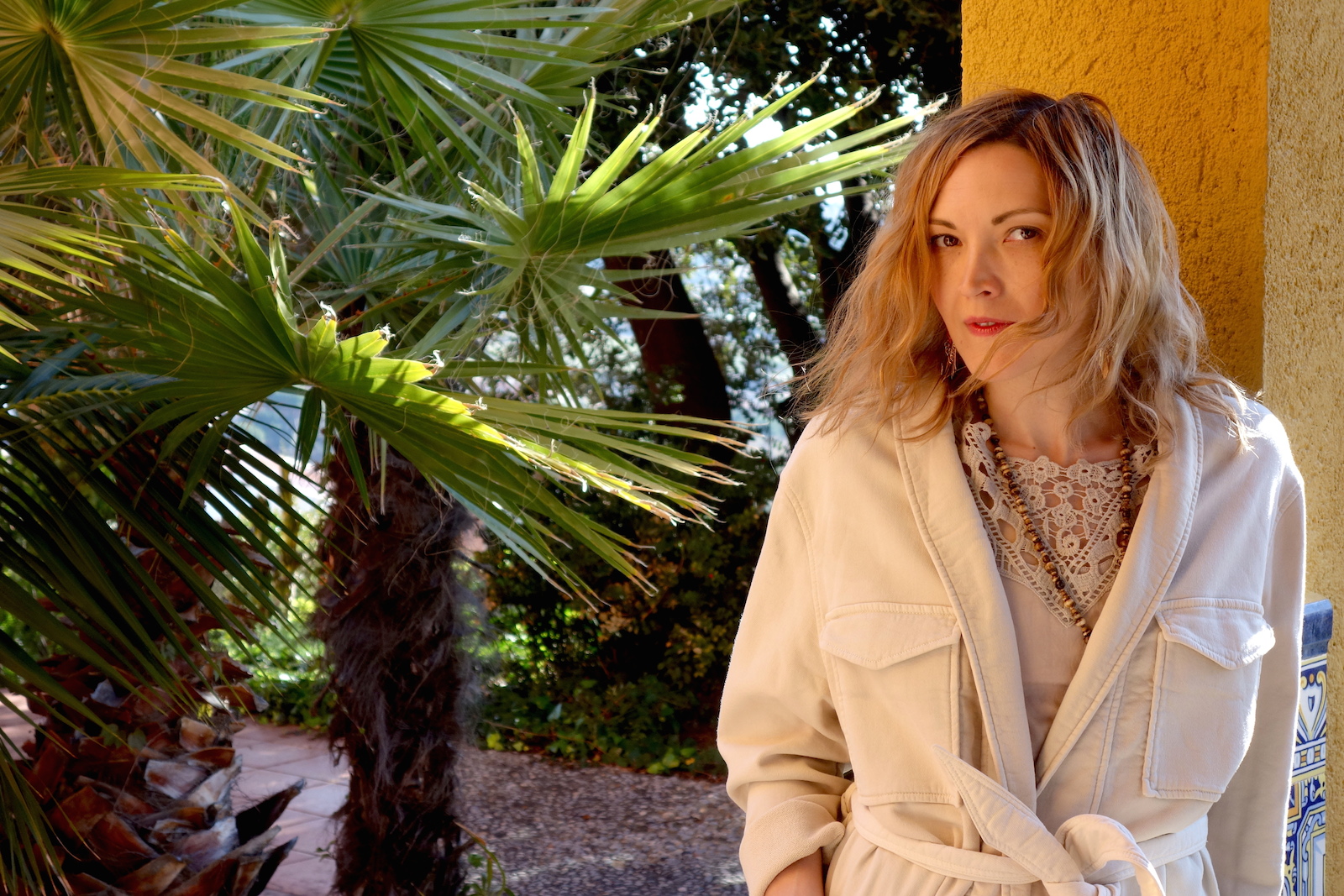1. It is more ecological to buy used clothes than new ones. This is not a new information for you, but often we forget this, when we need to find rapidly some piece of clothing. Then it is tempting to go to the nearest high street store. It is true, that buying clothes on secondhand markets demands more time and planning. There is no short cut on this, but when you find a piece of clothing that you are actually going to wear long time, you have made the goal: you are lengthen the lifecycle of that item. Not only you save your skin from the chemicals that are used in new clothes, but also you save the planet. Did you know that one-kilogram of textiles produces 23 kilogram of greenhouse gas (read this article).
2.There is a guarantee in a second hand item. When you find it and it is in a good condition, you have guarantee that this item will be weareable for long time. Also, when it fits you when you try it on, you are sure that there will not be unpleased surprises when you wash it.
3.Second hand item can be fashionable. Forget those images of hippy-style and retro clothes, today you can find stylish and timeless clothes. I am sure you can find at least something from secondhand markets. You only have to know what and where you look for it!
4.Your style is more personnel, when you buy used clothes. Don’t buy those trendy items that everyone else is buying from high street stores, be more creative, be more you!
5.Second hand clothes are treasures. You have used your time and energy to find it, so you more likely going to take care of it better than you normally do when you buy clothes from high street stores.
6.You will save money. Yes, this is so true. Used item costs normally a half of the price than the new ones. So when we are talking about in numbers, you really save money.
Finally, you can think that every one wins when you buy clothes from the second hand shops. You save money and most of all: you save the planet. If you find clothes from charity shops, you do good for the society and help those who need help. In a big picture you are also participating in a conversation on second hand culture. You are saying yes and you are supporting it. You are saying, that it is always better and more sustainable way to buy second hand clothing than new ones.
Anyhow, even when you find clothes from second hand markets, it is good to keep in mind this: buy less and buy only quality.
* Except sunglasses all the clothes and accessories are found from second hand markets.
Read more:
Aloita vuodenvaihteen vaatedetox näillä helpoilla askelilla!
Tiedostava kuluttaja ostohysterian partaalla – ja näin siinä kävi!
